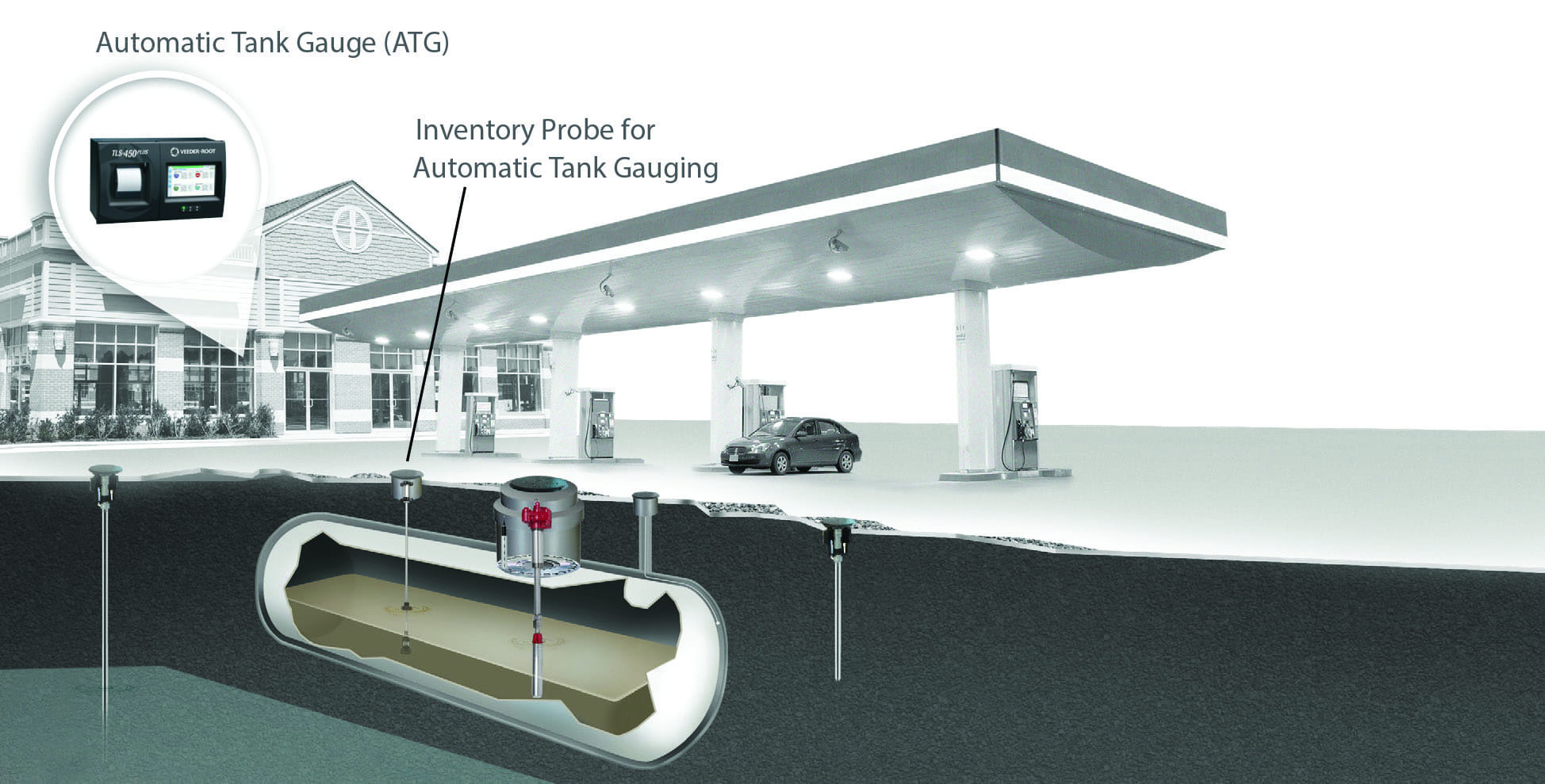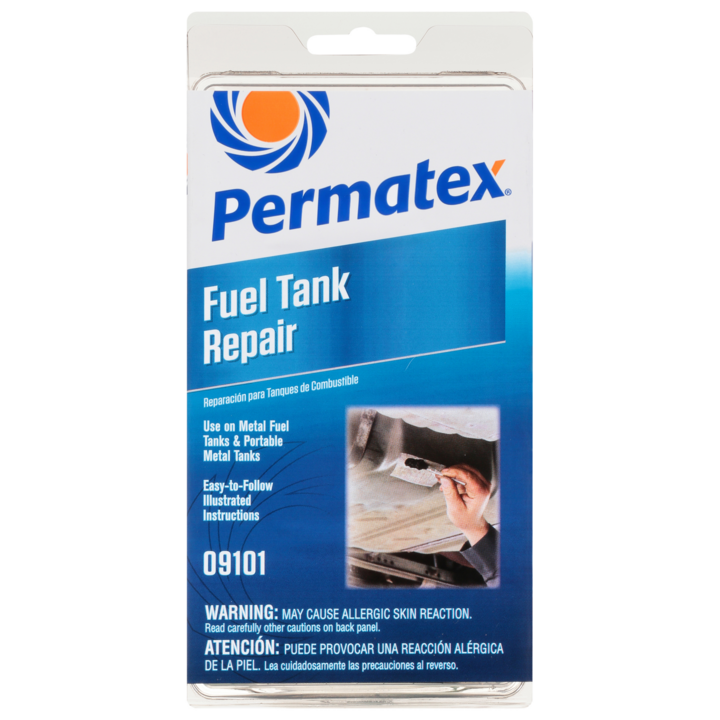If your fuel tank is leaking, consider these solutions: 1. Welding or patching, 2.
Using a fuel tank sealer, 3. Replacing the tank, 4. Applying a rubber coating, 5. Using a fuel tank repair kit, 6. Using epoxy putty, and 7. Using a fuel tank skid plate. Dealing with a leaking fuel tank can be a hazardous and frustrating situation.
Whether it’s a minor drip or a major leak, finding the best solution is crucial to ensure safety and prevent environmental damage. We will explore seven effective solutions for leaking fuel tanks, providing guidance to help you select the most suitable option for your specific situation. By understanding the various techniques and products available, you can effectively address the issue and make an informed decision on how best to resolve your fuel tank leak.

Credit: www.veeder.com
Identifying A Leaking Fuel Tank
Visible Leaks
Look for puddles of fuel forming under the vehicle when parked.
Unusual Fuel Consumption
Monitor fuel levels closely; sudden decrease could indicate a leak.
Temporary Fixes For Leaking Fuel Tanks
Temporary Fixes for Leaking Fuel Tanks can be a lifesaver in urgent situations. While professional repair or replacement is the ultimate solution, these temporary fixes can provide a quick remedy to prevent further leakage and potential hazards.
Using Epoxy Putty
Epoxy putty is a quick and effective solution for sealing small to medium leaks in fuel tanks. It’s a two-part compound that hardens into a durable, waterproof seal. To apply, simply knead the putty, press it firmly over the leaking area, and allow it to cure as per the manufacturer’s instructions. This method can provide a temporary fix until professional repair or replacement is arranged.
Using Fuel Tank Tape
Fuel tank tape is specifically designed to provide a temporary fix for leaking fuel tanks. It is a self-fusing silicone tape that creates a strong, waterproof seal when wrapped around the leaking area. This can be particularly useful for small leaks or as a temporary measure until a permanent solution is implemented.
Repairing The Fuel Tank
Repairing the fuel tank becomes hassle-free with these 7 top-notch solutions for fixing leakage issues. Revamp your tank effortlessly and ensure optimum fuel efficiency.
Repairing the Fuel Tank When addressing a leaking fuel tank, it’s crucial to consider the repair options available to prevent potential environmental hazards and ensure the safety of your vehicle. Knowing the best solutions for repairing fuel tanks will enable you to make informed decisions to rectify any issues promptly. Whether opting for professional assistance or opting for a DIY approach, the goal is to address the fuel tank leak effectively. Professional Repair If you prefer a professional solution for repairing a leaking fuel tank, seeking the expertise of a certified mechanic or auto body specialist is advisable. These professionals possess the knowledge and experience to accurately assess and repair the fuel tank, using high-quality materials and techniques to ensure a long-lasting fix. Additionally, professional repair services typically come with a warranty, providing added peace of mind. DIY Repair Alternatively, tackling the repair of a leaking fuel tank on your own is also a viable option. By opting for a DIY approach, you can save costs and gain a sense of accomplishment from resolving the issue independently. However, it’s essential to exercise caution and follow proper safety measures when undertaking DIY fuel tank repairs. This may include using appropriate tools and materials, such as repair kits designed for fuel tank leaks, and adhering to step-by-step instructions to ensure the repair is done effectively.Credit: www.uhaul.com
Replacing The Fuel Tank
Replacing the fuel tank is crucial to prevent fuel leaks and ensure safe operation of your vehicle. Choosing a new fuel tank that fits your vehicle specifications and proper installation are key steps in resolving the issue.
Choosing A New Fuel Tank
- Research your vehicle make and model to find a compatible fuel tank.
- Ensure the new tank meets all safety and quality standards.
- Consider the material of the tank – durable options like stainless steel or high-density plastic are recommended.
- Check for any warranties or guarantees provided by the manufacturer.
Proper Installation
- Follow the manufacturer’s guidelines and instructions for installation.
- Safety first – ensure proper ventilation and avoid open flames during installation.
- Inspect all connections and fittings to prevent leaks.
- Securely mount the new tank in the correct position.
Preventing Fuel Tank Leaks
Discover top 7 effective solutions to prevent fuel tank leaks. From regular inspections to using high-quality sealants and repairing rust spots, these methods ensure your fuel tank stays secure and leak-free. Proper maintenance and early detection are key to avoiding potential fuel leaks.
Regular Inspection
Regular inspection of fuel tanks is crucial for preventing leaks and ensuring the safe operation of vehicles and machinery. By examining fuel tanks at regular intervals, you can identify any existing or potential issues before they escalate, saving you from costly repairs and potential environmental hazards.
During the inspection process, carefully examine the fuel tank for signs of corrosion, cracks, or damage. Inspect the fuel tank cap and fuel lines for any signs of wear, leaks, or loose connections. Remember to check for signs of fuel leakage such as strong fuel odors, puddles under the vehicle, or a decrease in fuel efficiency.
If any irregularities or concerns are detected during the inspection, it is essential to address them immediately to prevent further damage. Prompt action can help you avoid fuel leaks, unreliable vehicle performance, and potential accidents.
Proper Maintenance
Maintaining fuel tanks in good working condition is a key preventive measure against leaks. By following proper maintenance procedures, you can significantly reduce the risk of fuel tank failures and maximize the life of the tank.
One important aspect of maintenance is cleaning the fuel tank periodically. Over time, sediment and debris can accumulate, clogging the tank and fuel lines, which can lead to leaks and engine problems. Regular cleaning helps remove these contaminants, ensuring optimal fuel flow and minimizing the risk of leaks.
Additionally, inspect and replace the fuel tank’s rubber or plastic components as needed. Exposure to chemicals, heat, and the elements can cause these parts to deteriorate, leading to leaks. By replacing worn or damaged seals, gaskets, and hoses, you can maintain the integrity of the fuel tank and prevent leakage.
Regular maintenance also involves checking and replacing fuel filters as needed. A clogged filter can strain the fuel pump and cause excess pressure in the tank, potentially resulting in leaks. By ensuring the fuel filters are clean and functioning correctly, you can prevent unnecessary strain on the tank and minimize the risk of leaks.

Credit: www.permatex.com
Frequently Asked Questions Of 7 Best Solutions For Leaking Fuel Tanks
What Can You Put In A Fuel Tank To Stop It From Leaking?
You can use a fuel tank sealer to stop it from leaking. These sealers are designed to bond with the metal and create a permanent seal, preventing further leaks.
What Is The Best Thing To Seal A Gas Tank?
The best thing to seal a gas tank is a specialized fuel tank sealer. These sealers create a strong, long-lasting bond to prevent leaks and corrosion. It’s essential to choose a high-quality product that is compatible with your specific gas tank material for effective sealing.
Does Fuel Tank Epoxy Work?
Yes, fuel tank epoxy can effectively seal small leaks in fuel tanks. It creates a strong protective barrier that helps prevent further leaks.
What Is The Best Way To Repair A Fuel Tank?
The best way to repair a fuel tank is to locate the leak, clean the area, and use a specialized fuel tank repair kit or epoxy adhesive to seal the gap. Ensure proper ventilation and safety precautions during the repair process.
Regular maintenance and inspection can help prevent future leaks.
Conclusion
In a nutshell, dealing with fuel tank leaks demands quick action. Proper maintenance like sealants or professional repair can prevent bigger problems. Stay safe on the road by addressing leaks promptly. Prioritize safety and minimize risks by choosing the best solution for your leaking fuel tank.
